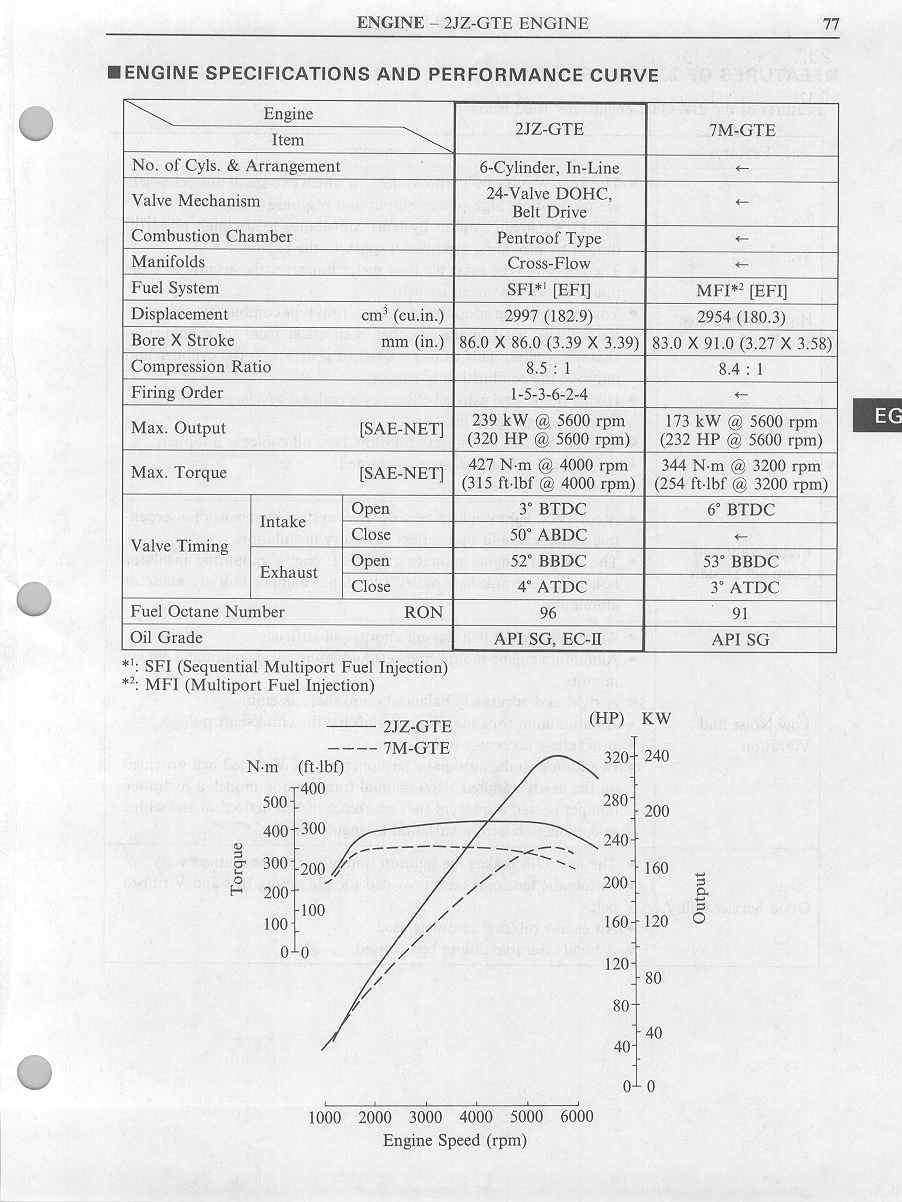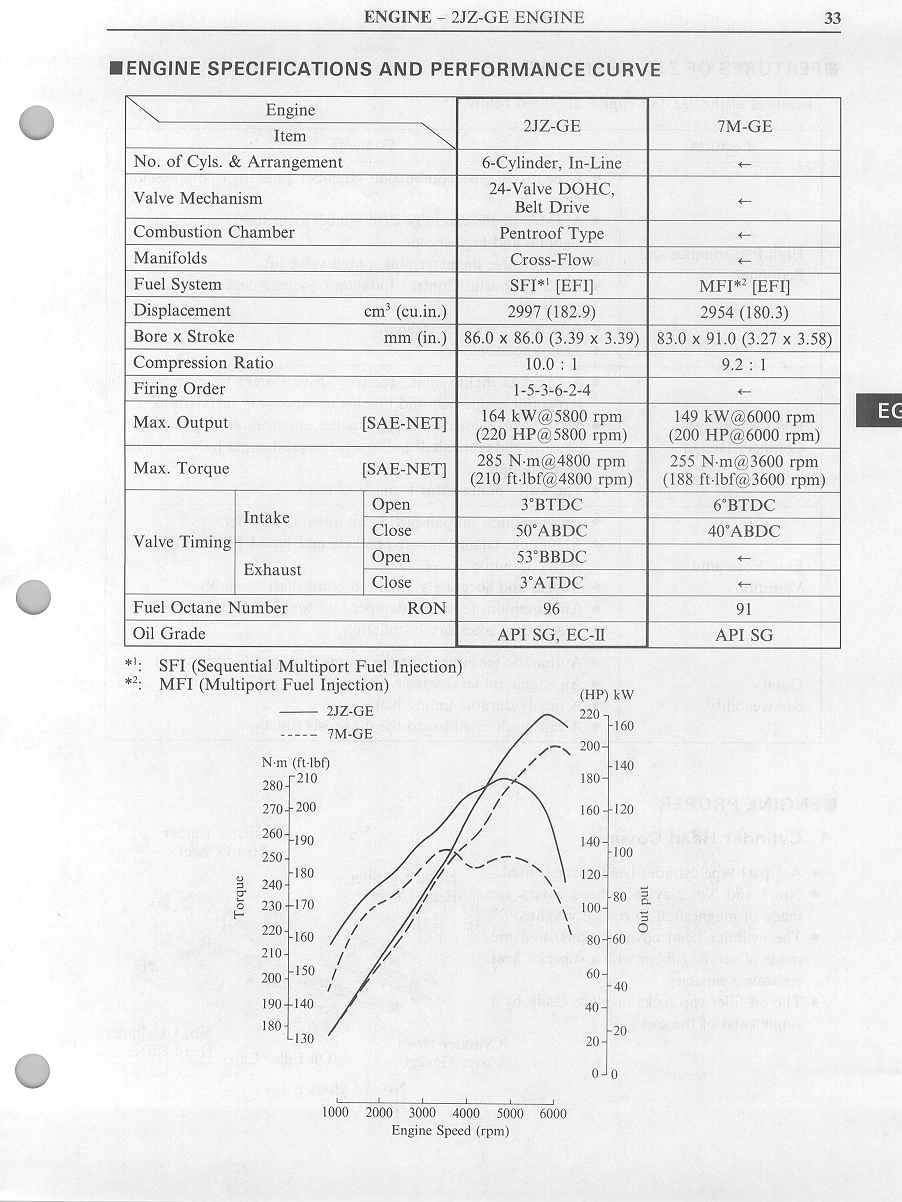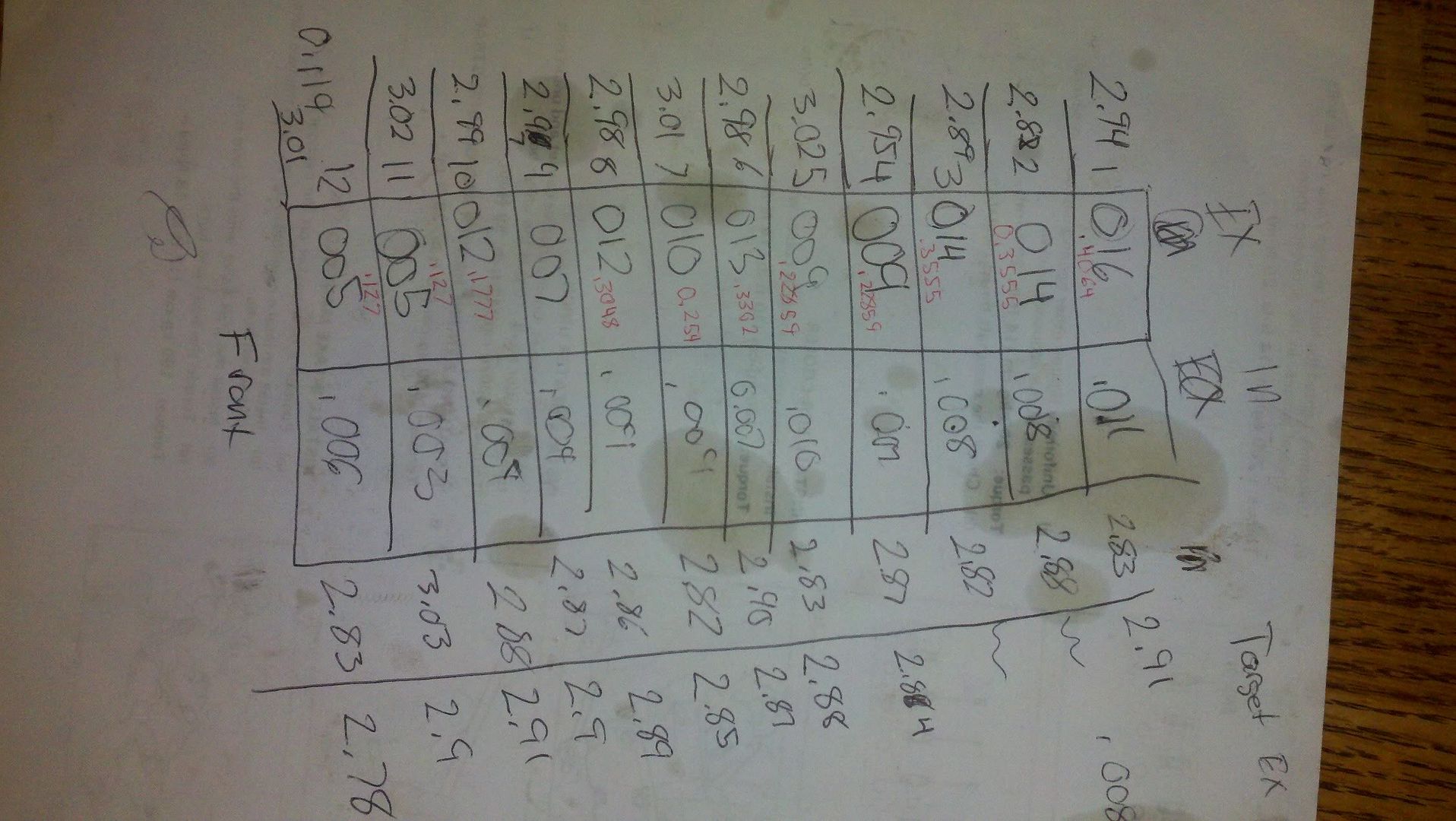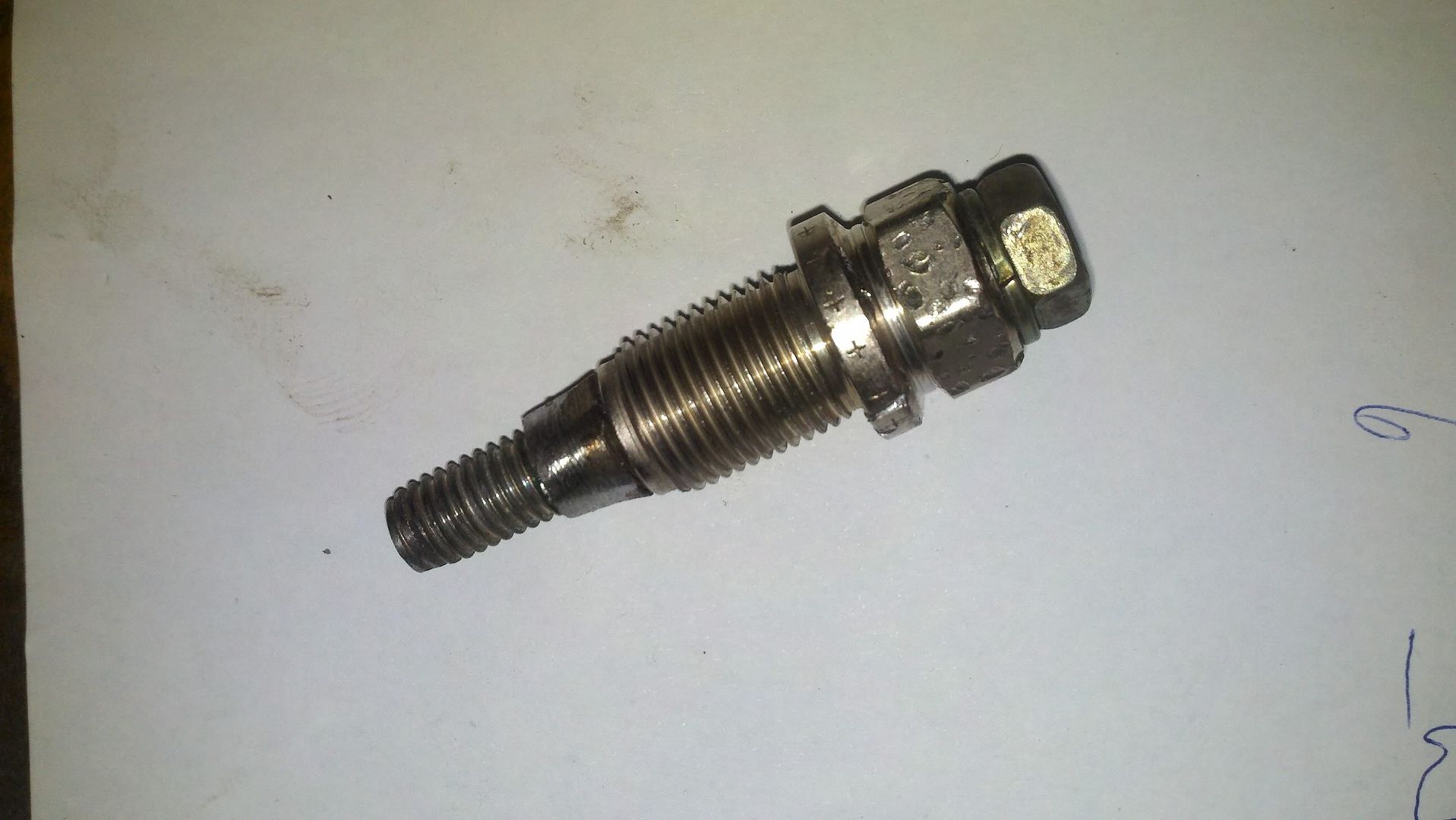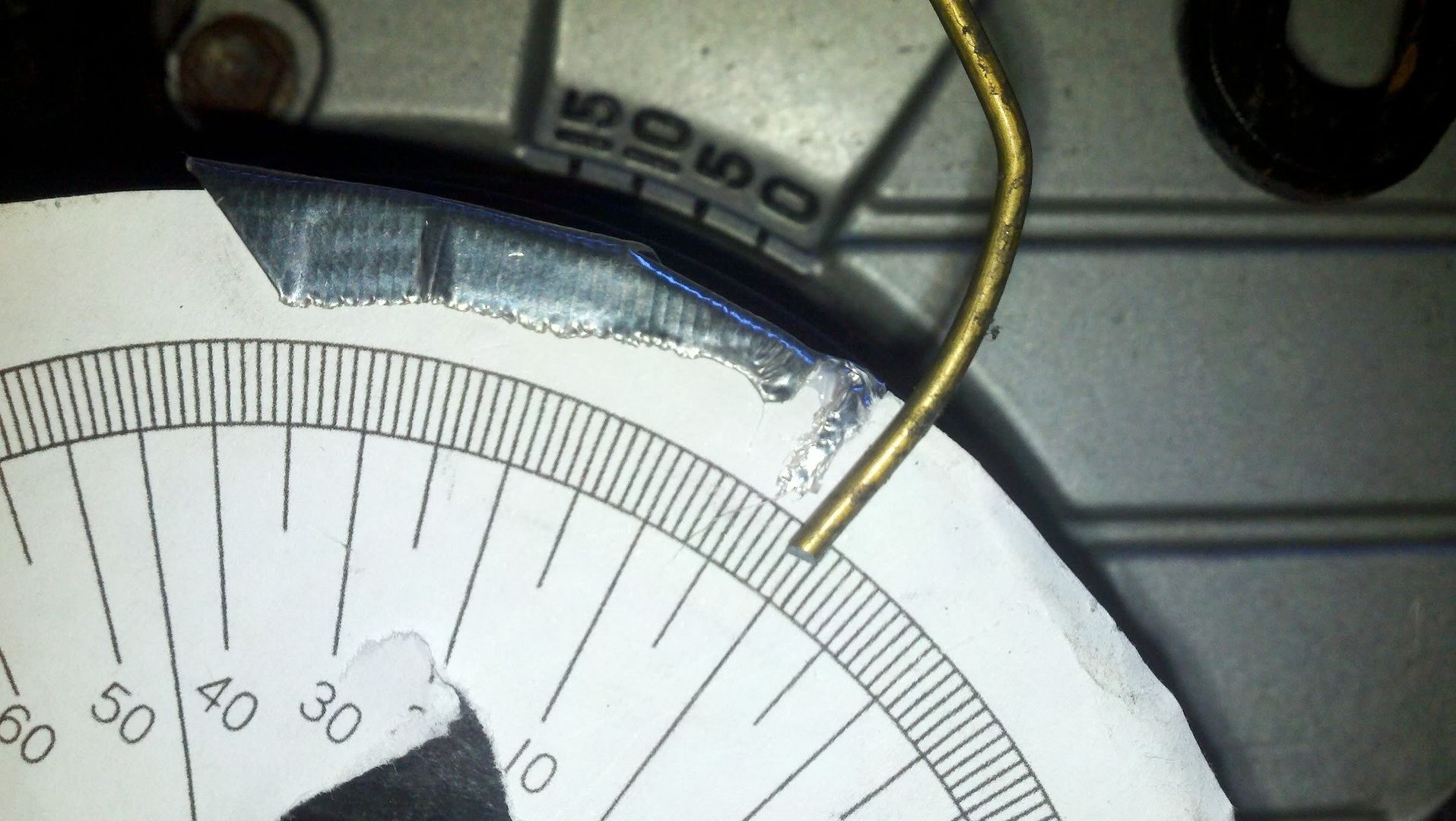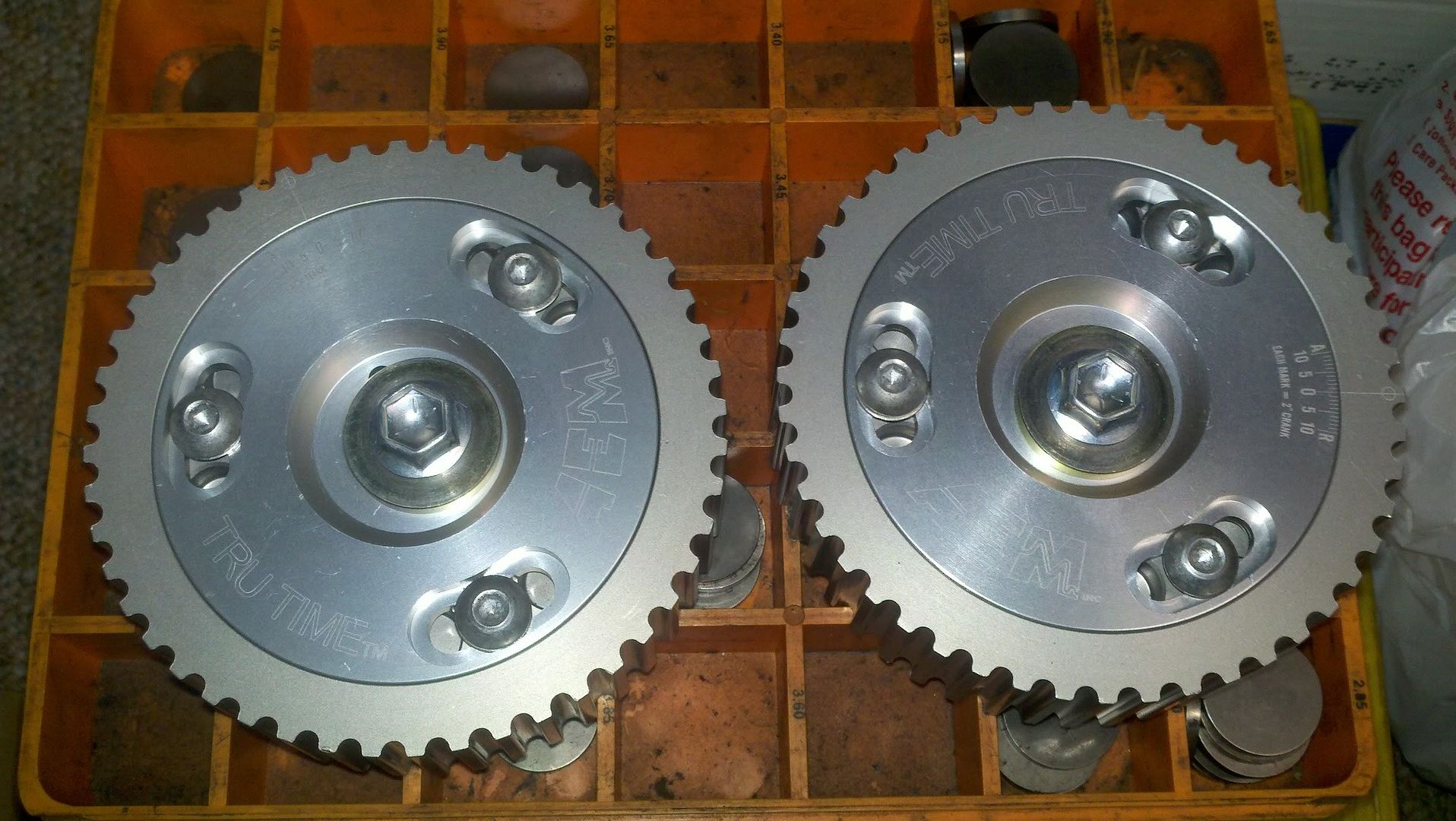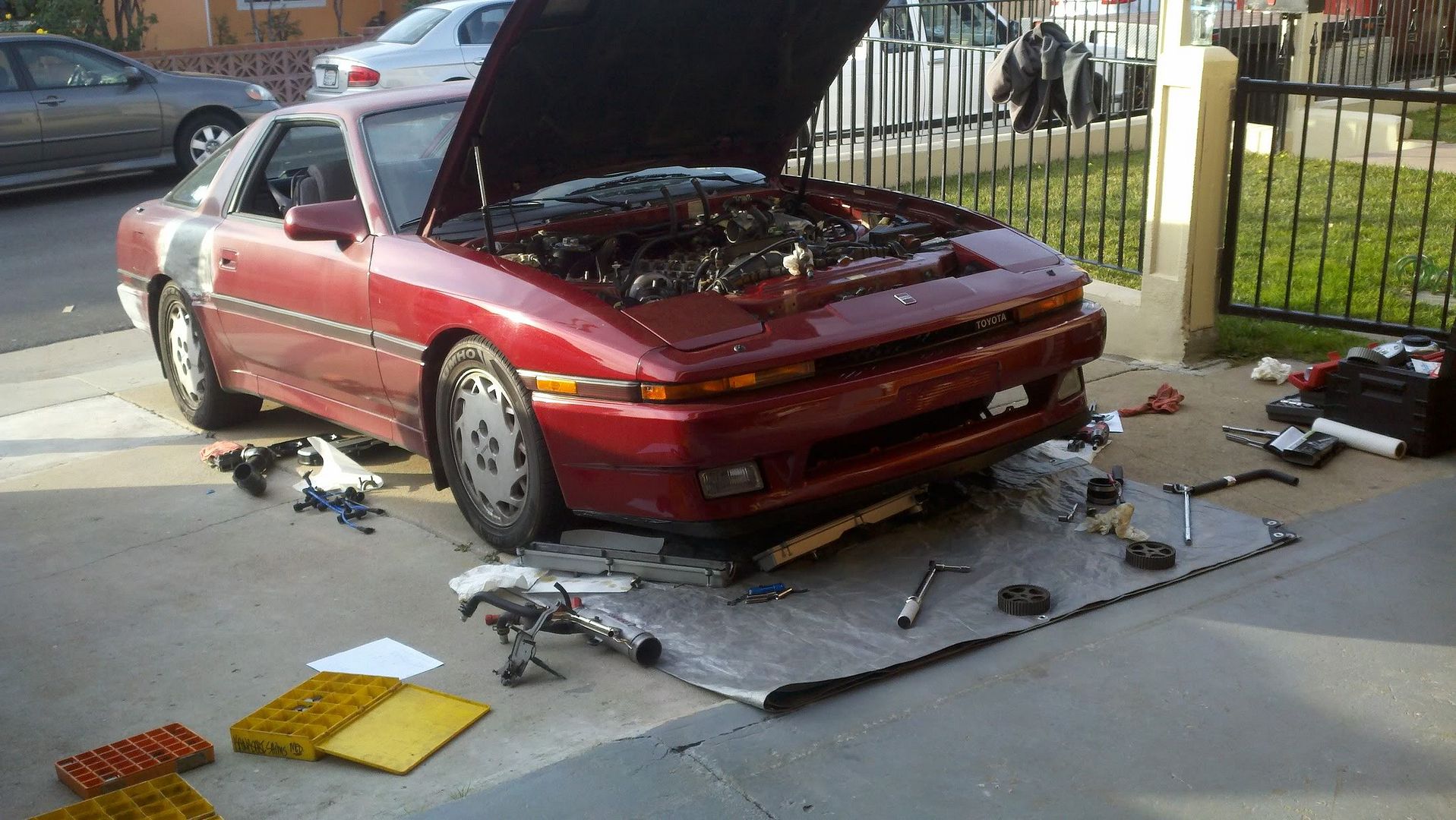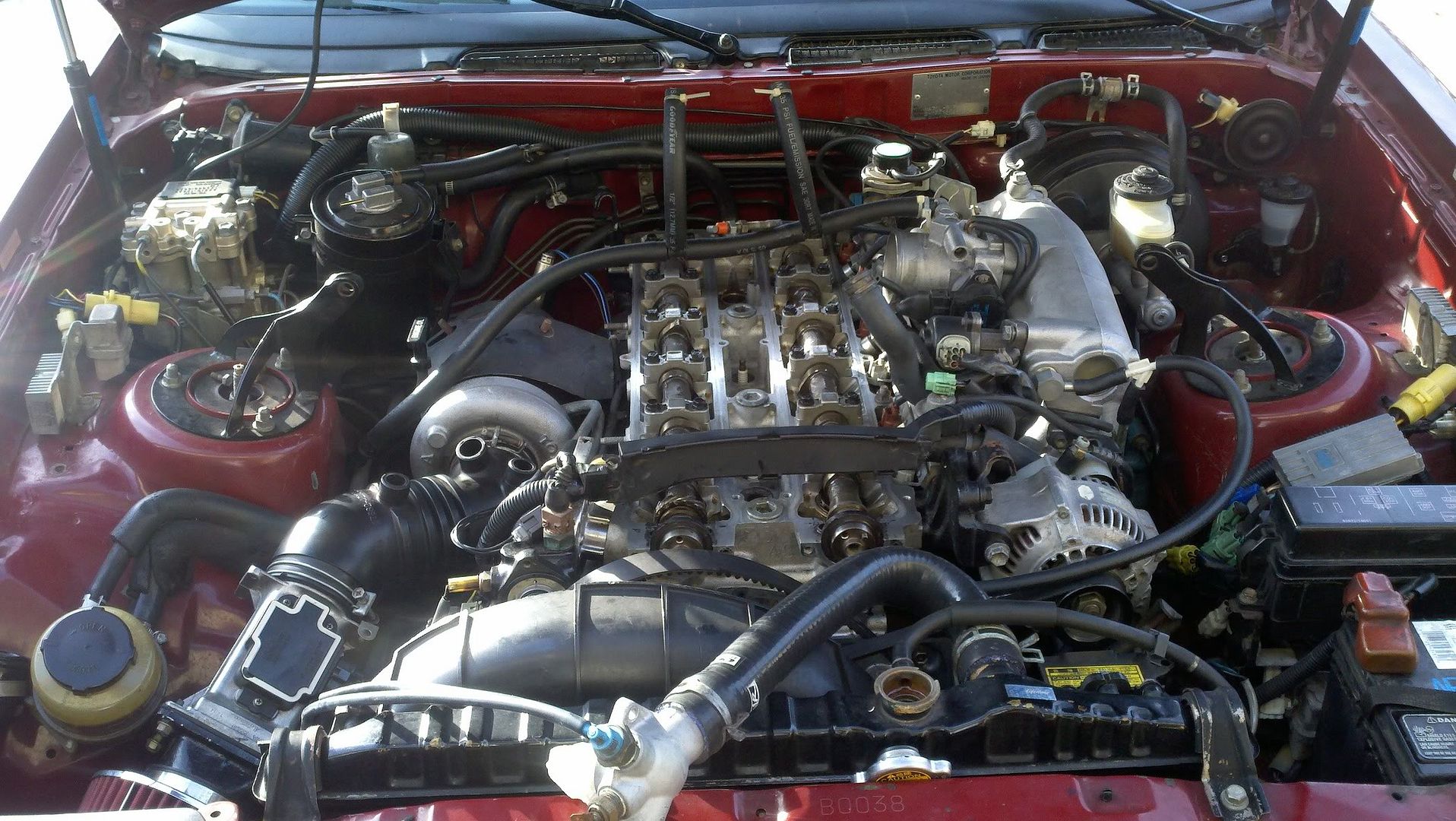Arlene Lanman wrote:
>Well, I don't agree that retarding or advancing a regrind or new
>longer duration/more lift cam is a formula for disaster. The true
>answer is: "it depends" on the cam grind. I do agree that playing
>with the stock exhaust cam is not advantageous for the stock 7M-
>GTE exhaust cam. Below is a "short" dissertation on cams; from it,
>one should see that even Toyota changed exhaust and intake cam
>timing depending up the grind/duration/lift of the various cams they
>used within the 7M-GTE:
>
>Stock Turbo:
>
>1) Intake 200 duration @ 0.050" / 0.295" (7.494mm) lift; have heard
>(not confirmed) that Total Duration = 236. Per mkiv.com
>(
), cam opens at
>6 BTDC and Closes at 50 ABDC (therefore, duration = 236).
>
>2) Exhaust: 201 duration @0.050" / 0.297" (7.5438mm) lift . . Per
>mkiv.com, cam Opens at 53 BBDC and Closes 3 ATDC (therefore
>duration = 236 total duration; which might equal 200 duration at
>0.050").
>
>NA Cams: According the MkIV.com
>(
), Intake
>opens at 6 BTDC and Close 40 ABDC (for a Total Duration of 226);
>Exhaust opens at 53 BBDC and closes 3 ATDC (for a Total
>Duration of 236). Intake Lift = 7.683mm (0.3025"); Exhaust Lift is
>same as Turbo cam: 0.297" (7.5438"). Dan Gyoba (3-Jun-02)
>wrote: Stock NA exhaust cam is the same as the stock turbo exhaust
>cam. The intake cams are different, but I don't know the parameters,
>entirely, but I know that there is a difference in lift of 0.19mm (With
>the NA intake being less than that of the turbo.) (Source: 1990
>TSRM page EM-48).
>
>Here is a little bit more I have found out, over time, concerning the
>HKS cams that were, at one time, available: Intake: 218 duration @
>0.050"/256 rated duration and 0.3208" lift; Exhaust: 218 duration
>@ 0.050"/256 rated duration and 0.3188" lift. Intake (0.050" point)
>is set 3 deg after TDC; Exhaust (0.050" point) is 9 deg before TDC.
>Thus, valve overlap is very, very minimal.
>
>7M-GTE TurboA cams: 272 (Total Duration), 0.350" (8.9mm) lift.
>Special valve springs (TurboA valve springs) were required to resist
>valve float at high rpm.
>
>Having said this, it is best to place that race cam'd engine on a dyno
>and adjust the cams, fuel, ignition (if you have a stand alone) to
>optimize the engine for the performance you desire (e..g., low end,
>mid-range, high end - since you can't have all three). Basically, this
>is my take for dyno setting longer duration/higher lift cams:
>
>Advance Both Intake and Exhaust Cam: Increases bottom-end
>power, closes the exhaust valve earlier and opens the intake
>sooner to move the entire overlap period earlier where it scavenges
>the cylinder better at low rpm.
>
>Retard Both Intake and Exhaust Cam: Increases top-end while
>decreasing bottom end, moves the overlap period later in the cycle
>where it is more effective for scavenging the cylinders at high rpm.
>
>Advance Intake Only: Increases overlap and starts overlap earlier.
>This helps bottom end and mid-range without greatly effecting top-
>end power. Works best on heads that have not been
>"tuned/ported." This is why I recommend to begin tuning with
>advancement of the intake cam.
>
>Retard Intake Cam Only: This starts overlap later and, therefore,
>reduces overlap. This helps top-end at the expense of lower mid-
>range. Most street engines do not like this, and idle suffers.
>Works well on ported engines and undersquare engines (the stock
>MarkIII Turbo is nearly square - the stock MarkIV is square).
>
>Advance Exhaust Cam Only: Reduces overlap and increases
>blowdown by opening the exhaust valve sooner. This will, most
>likely, shorten the power stroke. Usually helps top-end power at
>expense of lower mid-range. Most street engines do not like this,
>but it will help to smooth idle.
>
>Retard Exhaust Cam Only: Increases overlap and helps bottom
>mid-range. Works best on stock heads with poor flow. Usually,
>liked by engines that have long stroke and short rods; because this
>is not us (MarkIII or MarkIV), we gain little by retarding the exhaust
>cam. This will, most likely, create a lope to the idle. However,
>since retarding the exhaust cam does show gain on most engines,
>this is the next thing to try after advancing the intake cam.
>
>Before getting on the dyno, learn all you can about Duration, Lobe
>Separation, Overlap, Bore-To-Stroke Ratio affects, and Ignition
>Timing.
>
>Bottomline, high-lift, long duration cams have better power at high
>engine speeds but poor idle and poor emissions at low engine rpms.
>Thus, for most, the compromise is somewhere in the middle, based
>on what we have done to the engine. This is why most cam grinders
>off their wares as "mild", "street/track" and "race". Take a look at
>the duration and lift specs for Crower's 2JZ cams at:
>
http://www.crower.com/cat/import/toyota/camshafts.shtml
>
>Well, end of today's dissertation
>
>I hope this helps,
>
>Arlene Lanman
>88T automatic
>


